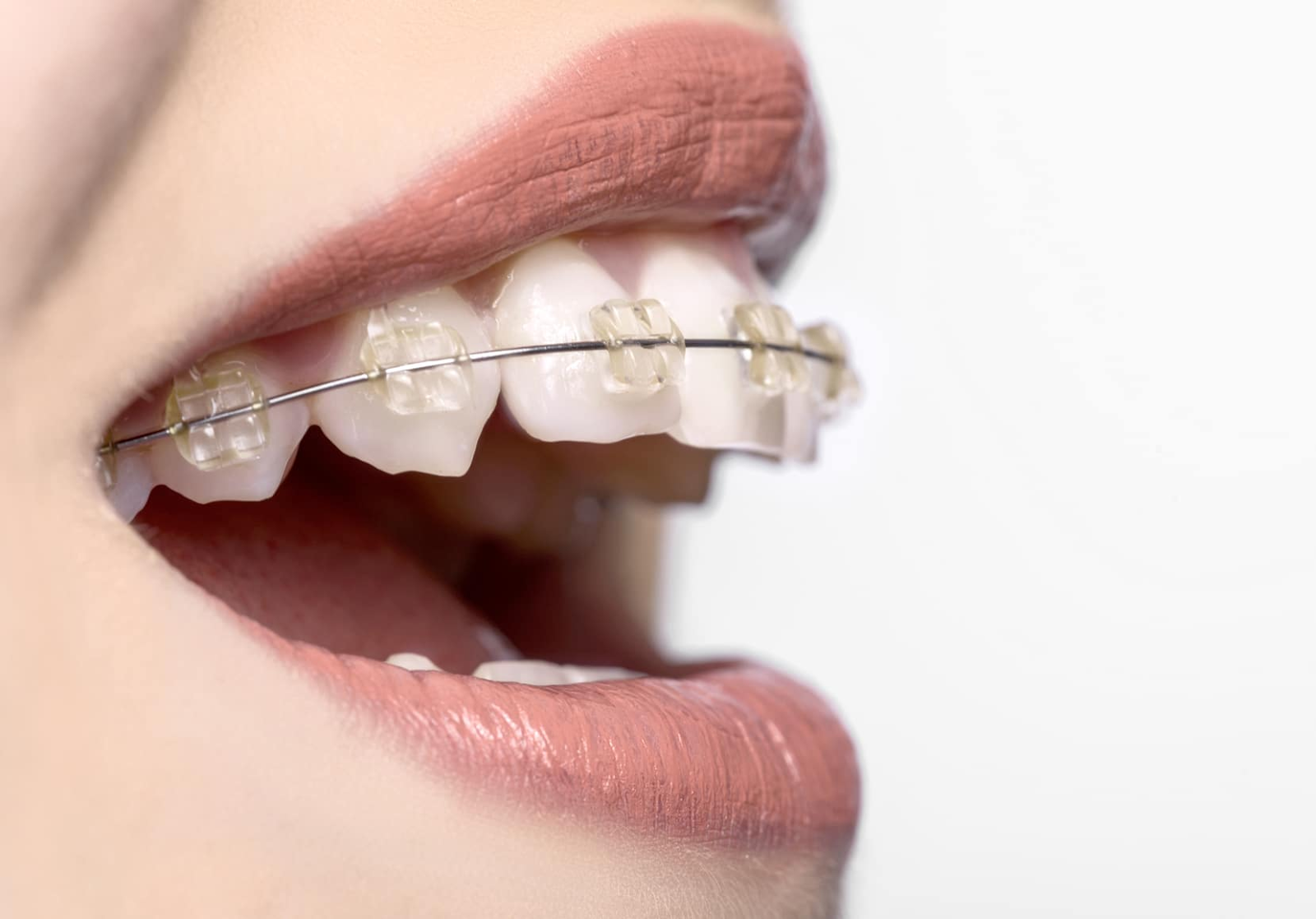Orthodontic Aligners: Current Perspectives for the Modern Orthodontic Office ( summary )

if you are intersted in this article please follow for more readings https://myorthodonticsblogg.blogspot.com/ In this Article many questions have been answered .. 1- What are the advantages of using orthodontic aligners over traditional braces? 2-How do orthodontic offices incorporate aligners into their treatment plans? 3- what is shape-memory sheet (ClearX)? 4-Are there any limitations or drawbacks to using aligners for orthodontic treatment? Orthodontic aligners have several advantages over traditional braces, including: 1. Aesthetics: Aligners are virtually invisible, making them a popular choice for adults and teenagers who are self-conscious about their appearance. Unlike traditional braces, which use metal brackets and wires, aligners are made of clear plastic and are custom-fitted to the patient's teeth. 2. Comfort: Aligners are made of smooth, comfortable plastic that does not irritate the gums or cheeks. Unlike traditional braces, which can cause discomfort an



